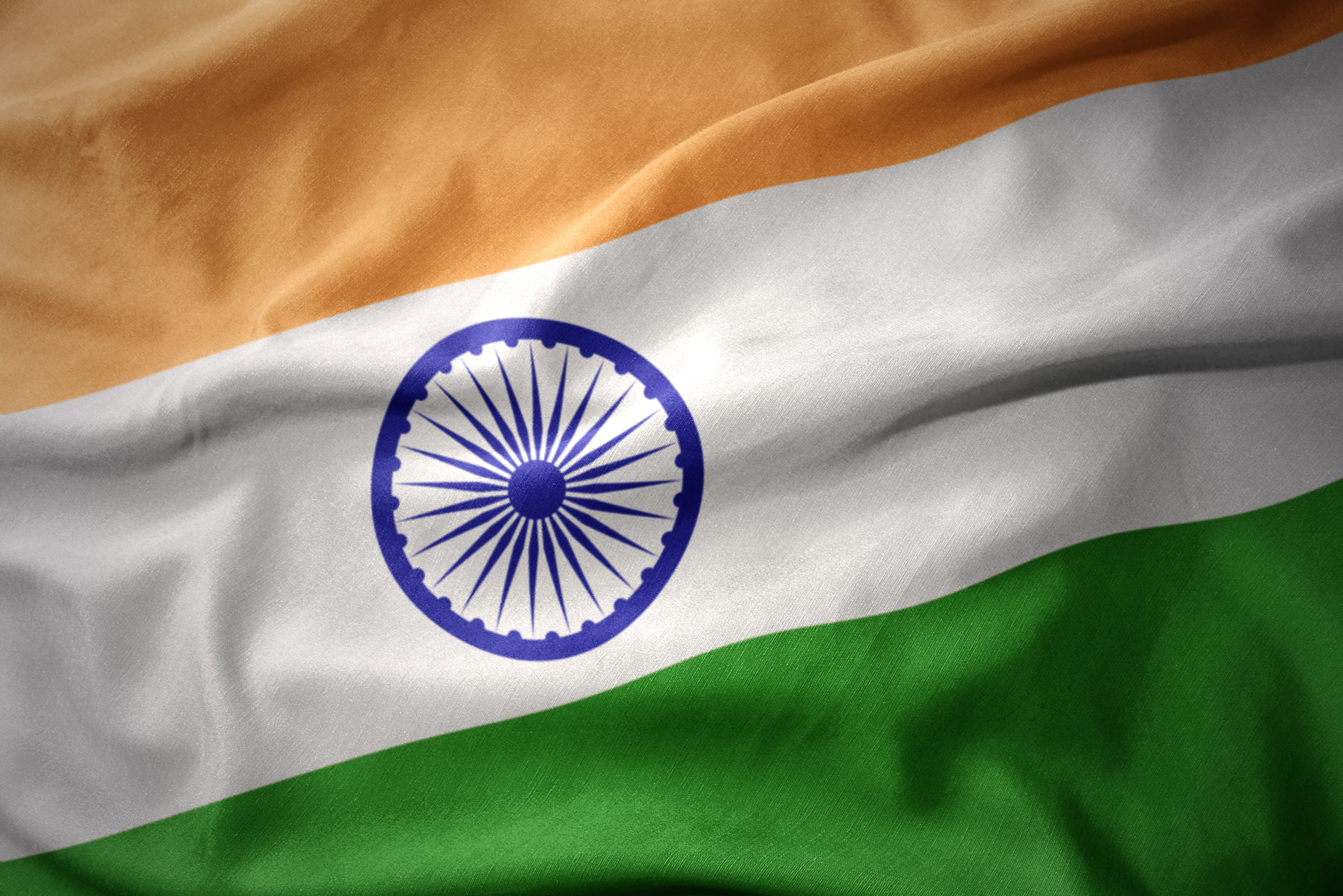The Money Go Round: how to (really) revitalise an economy
India’s Government has a majority stake in no less than twenty-one of the subcontinent’s banks, quite a few of which (not unlike their counterparts in the west) have been struggling recently to meet capital adequacy requirements imposed by their regulators. But here’s the key difference: whereas the challenges this poses in the west have been met by governments lending funds in return for a controlling equity stake (RBS and Lloyds TSB spring to mind), India has gone about things exactly other way round and, as it turns out, to much greater effect.
Under the new Fiscal Plans announced by the Indian Government on 24th October, these twenty-one Banks will lend the Government $21 Billion (a third of their combined market value) and in return the Government will buy more shares in the Banks. Superficially, it looks like a money go round, but the new policy makes perfect economic sense and it is just the latest in Prime Minister Modi’s striking range of economic initiatives designed to ensure India remains the leading Growth Market on the Planet.
From a macroeconomic perspective,of course, the Indian Banking system suffered nothing like the same catastrophic shocks which were to hit Western Financial Markets in the aftermath of the 2008 Crash; but most Banks on the subcontinent did embark on something of a lending spree following that crash, suffering perhaps from the peculiar species of schadenfreude often inspired by having (much) more money when most of your neighbors have none.
And these heady years of untrammelled and often imprudent lending decisions eventually collided headlong with the buffers of the financial reforms instituted last year by Prime Minister Modi’s Government: demonetization (of course) but also the new GST regime and a raft of new policies designed to root out historic and bureaucratic bottlenecks and inefficiencies in the subcontinent’s markets, plus a reinvigoration of arbitral and legal procedures for good measure.
Set in that context, the liquidity bottlenecks in the banking system were never likely to escape the same tide of reforming zeal. And, indeed, they haven’t.
That’s what last month’s banking initiatives were all about.
State owned banks in India are expected remove a staggering 10.5 Trillion Rupees (£163 Billion) worth of bad and doubtful debts from their books. This will in turn increase their capacity to make new loans and, to paraphrase Milton Friedman, not only mitigate “the harm done by a few men who wield vast financial power over a country’s monetary system”, but positively demonstrate that a few more men (in the Indian Finance Ministry) can work positive good in their place.
Given bank equity margins on the subcontinent have been nudging perilously close recently to regulatory minima, this new injection of capital (framed though it is in an ingenious and, to western eyes counterintuitive way) will inevitably lead to a radical improvement in liquidity levels across the Indian economy.
That also seems to be a view shared by the markets since the new initiatives were announced: share prices in the banks participating in the scheme rose by more than 25% last month. And it’s not as though Indian markets won’t have the capacity to find worthwhile ways to spend all this new money: the subcontinent is currently the fastest growing large economy on the planet with infrastructure spending running at an all time high.
What’s not to like?
Red Ribbon CEO, Suchit Punnose said:
Under new Fiscal Plans announced by the Indian Government on 24th October, twenty-one of the subcontinent’s leading banks will lend the Government $21 Billion (a third of their combined market value) in return for the Government taking an increased stake in their shares. Superficially, it looks like a money go round, but the new policy makes perfect economic sense and it is just the latest in Prime Minister Modi’s striking range of economic initiatives designed to ensure India continues to be the leading Growth Market on the Planet.
Even though the Indian Banking system suffered nothing like the same catastrophic shocks that nearly crippled Western Financial Markets in the aftermath of the 2008 Crash, most Banks on the subcontinent embarked on something of a lending spree following the crash. Something had to be done to rein the consequences of that in and improve liquidity levels across the economy.
And as with so much in recent years, Prime Minister Modi wasn’t slow to meet the challenge.








Leave a Reply